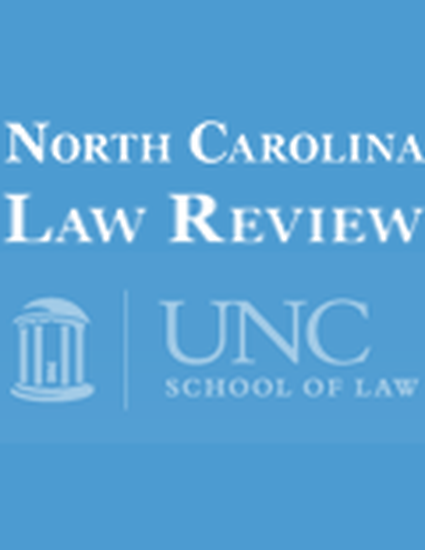
Section 548(a)(2) of the Bankruptcy Code empowers a bankruptcy trustee to avoid fraudulent transfers of the debtor's assets if the debtor was insolvent at the time of the transfer. Since 1980, a number of federal courts have allowed trustees in bankruptcy to avoid properly conducted foreclosure sales of a debtor's pledged collateral when the collateral was sold for less than seventy percent of its fair market value. These courts have based their decisions on the theory that the transfers involved in these sales are fraudulent conveyances. This theory has been the subject of vigorous opposition from mortgage holders and other secured lenders. Professor Henning argues that the theory is a proper and useful tool for trustees because it permits the trustee to recapture equity in the collateral that otherwise would be lost from the debtor's estate. He concludes, however, that certain modifications should be made to the theory to prevent inequities to the secured lender, the debtor, and any third-party purchasers of the collateral.
Available at: http://works.bepress.com/william_henning/15/
